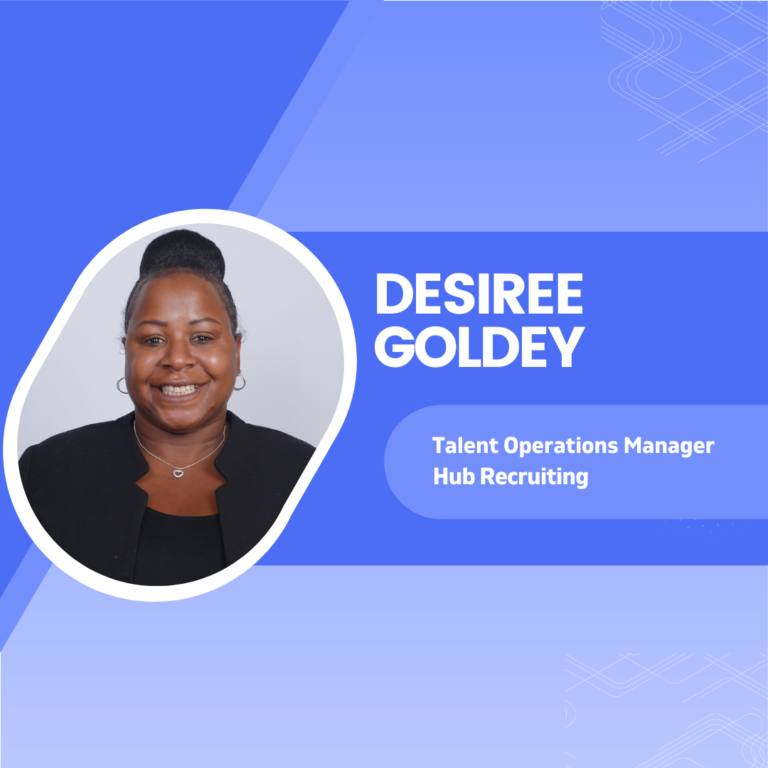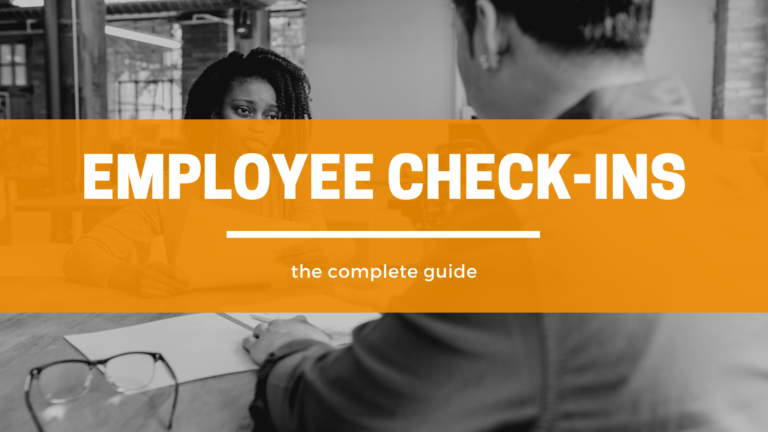How to Build a Mentorship Program At Your Company
Posted by Trakstar • October 14, 2022 • 7 min read
Creating a mentorship training or employee mentorship program at your company helps to share valuable information, experiences, skills, and insider knowledge that a new employee may not typically get during a traditional onboarding experience. Mentorship programs give someone a friendly face and an ally within the workforce, helping to facilitate a more welcoming culture for new hires, particularly in larger organizations where it can be difficult to “break into” the workforce.
If your company does not have an employee mentoring program, it might be time to build one. Employee mentorship programs can change the way you attract, retain, and engage your employees. They can even improve corporate culture so that your organization becomes a place people want to work.
What is a Mentorship Program?
A mentorship program welcomes new hires into your organization by connecting them to older employees who can guide them in their new position. Ideally, this is an employee who has just vacated a similar position, so they know the ins and outs.
Mentorship programs are built around goals, expectations, and journeys. They use shadowing, learning management systems, interviews, questionnaires, videos, examples, templates, and more that the mentor makes for the mentee.
But mentorship programs aren’t limited to new employees! Employees looking to get promoted or step into new positions can also be enrolled in mentorship training programs and courses to ease into these new roles.
Benefits of Employee Mentoring Programs
With all of the tasks on HR’s plate, should you put the time and effort into building a mentorship program? Yes! There are many benefits to mentorship programs; they will only grow as you bring in better employees and talent.
Some of the most common benefits of employee mentorship programs are:
- Increased Employee Retention
- Workplace Happiness
- More Employee Satisfaction
- Eliminate Skills Gaps
- Promote Collaboration
- Create Better Onboarding Curriculums
But it doesn’t stop there! You are growing organizational knowledge and broadening your impact with every new employee you hire and turn into a mentor.
How to Build a Mentorship Program At Your Company
Organizations that want to build a mentorship training program must consider their goals, expectations, and guidelines before they even start. You want to know what “success” will look like within your program and go even further by setting SMART goals that stretch you. While they have to be attainable, don’t think small! Plan SMART goals for years into the future!
Mentorship programs can be built in just a few simple steps:
- Determine Your Why
- Create Workflows
- Pick Your Mentors
- Become the Matchmaker
- Provide Ongoing Training
Determine Your Why
If you are thinking about a mentorship program, there is probably a reason why you feel you need it. Even if you have multiple reasons, breaking them down into one simple “why” will help you make critical decisions. You might want to design a mentorship program because you think there’s a lack of inclusivity for new employees. Maybe you want to extend the onboarding process because you feel things are too complicated to teach in just a few weeks. Perhaps you want to use mentorship to develop leadership skills amongst your best employees as you grow.
As you are thinking about your why, you may want to consider the following:
- Who will you target in your mentorship program?
- New hires, employees with leadership skills, middle performers, etc.
- What will your mentorship program focus on?
- Soft skills, hard skills, interpersonal skills, growth, etc.
- How can you get people to participate?
- Promotions, incentives, certifications, etc.
This is just a launching point – every organization will have to answer even more questions, but knowing the answers to these few basic questions will help.
Whatever your reason is, be sure that you can articulate it.
Create Workflows
Mentorship can look like many things, so you want to determine a “flow” for your programs. You don’t want mentorship opportunities to feel abrupt, so putting something natural in place can help people feel supported and ready.
As you are building your workflows, you’ll want to think about the intersections of the employee lifecycle and how they can be supported by mentorship training programs and the relationships that come from them. Think about:
- When mentors and mentees will meet each other.
- How many mentees will one mentor have?
- How long the program will last.
- How are you going to measure the success of the program?
- When someone is “done” with being a mentee AND a mentor
Of course, not everyone will fit into these workflows. You will have exceptions, but charting the workflows ensures no one will slip through the cracks, and you can effectively evaluate your program while improving it.
Pick Your Mentors
Picking your mentors is one of the essential parts of starting a mentorship program. Your first few mentors will help you get through the trial and error process, which is hard. Use your goals, a 9-box grid, performance reviews, and 360-degree feedback from your workforce to choose who is a good fit.
If you have too many options, send out an employee survey to ask who would be interested in being a mentor. Look at the responses, gather information about who the mentees will be, and then make your decision. You may want to consider soft skills, availability, upcoming vacations, and the mentor’s career goals.
Choose mentors who are personable, successful, and a good influence. Remember that bad habits are just as easy to teach as good ones.
Become the Matchmaker
This part should be easy if you’ve followed the steps up until now. Find mentees within your workforce or, as you hire, assign mentees to mentors. Examine everyone and match people together for their goals, job titles, and their personalities. Sometimes, people won’t get along or work well together.
Before you officially match someone, it may be a good idea to go to your mentor and talk to them about who you think would be a good fit for them. Then, they can give the final sign-off.
Provide Ongoing Training
Before your program starts and as it grows, you might want to train your mentors to become better teachers and support their mentees. How can you do this?
- Teach soft skills
- Encourage your employees to continue learning more about their jobs
- Schedule out time to meet one-on-one with your mentors
- Check in after a mentorship cycle ends to see what went well and what didn’t
- When you measure the effectiveness of your program, create training to strengthen weaknesses
- Find tools that help mentors and mentees succeed
- Thank everyone for participating
Often, your refinements will be just as necessary as the initial steps you took, so don’t skip this!
What If I Don’t Have Enough Employees For This?
Of course, we don’t want to burden our best employees with even more work – and what happens if our best employees leave us through retirement, attrition, or churn? Preserving institutional knowledge and experience is imperative. The best way to ensure new generations of employees access this information is by preserving it when an employee is still working at your company and in good standing. How can they do this?
- Create SOPs
- Generate Templates and Guides
- Record Videos or Voice Overs
- Host Webinars
- Create Training Courses
Once they do any of these things, you must preserve the information. Putting everything into a learning management system is a great way to ensure you have a copy of it and can pull it out whenever you need it. Use it as part of your training yearly and update it as needed. Then, you can have downloads and quizzes attached to the lesson so that your new or growing employees can truly understand how it impacts them.
By preserving this information, your best employees only have to teach once or twice. Their information and knowledge is used over and over again, but their time (and yours) is appreciated.
Use Trakstar To Help Build A Better Mentorship Program
Use the Trakstar platform throughout every stage of your mentorship program! Hire the best employees, use Perform and the 9-box to find the best performing employees, and then record the information in Learn to use over and over again. You can even use Insights to see which parts of your mentorship program work the best!
Trakstar’s four solutions are purpose-built to help HR leaders build better talent development programs. If you are ready to get started with a purpose-built talent development platform that incorporates an applicant tracking system, learning management system, performance management tools, and collects data, Trakstar is the only way to go. Click here to schedule a demo with a member of our team.
Don't Miss Out on More Great HR Articles!
Subscribe to get the latest, greatest HR and Talent Development content straight to your inbox.


